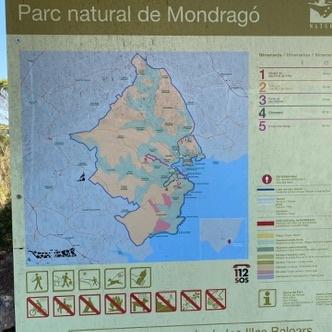In what ways do the karst landscapes affect outdoor activities available on Mallorca?
Similar Topics
mallorca outdoor activities
karst landscapes mallorca
serra de tramuntana
mallorca limestone formations
cuevas del drach
mallorca cave exploration
mallorca snorkeling spots
mallorca cliff diving
Karst landscapes on Mallorca have a pronounced impact on the range and nature of outdoor activities available on the island, shaping both adventure and leisure pursuits in distinctive ways. The rugged limestone formations, characterized by steep cliffs, deep gorges, and extensive cave systems, provide a dramatic backdrop that draws hikers, climbers, and spelunkers alike. The Serra de Tramuntana mountain range, a prime example of Mallorca's karst topography, offers a network of trails that range from gentle walks to challenging ascents, allowing outdoor enthusiasts to explore unique geological features and enjoy sweeping views of the Mediterranean.
Furthermore, the numerous caves scattered across the island, such as the famed Cuevas del Drach and Cuevas de Artà, have become popular destinations for guided tours and exploration. These subterranean chambers showcase impressive stalactites and stalagmites formations, offering visitors a glimpse into the island's geological history while providing a cool retreat from the summer heat. For those interested in more active pursuits, caving or spelunking in less commercialized grottos presents an exciting opportunity, though it often requires specialized equipment and expertise.
The karstic terrain also influences water-based activities, as the limestone's porous nature contributes to the formation of natural springs and underground rivers. These water features feed into crystal-clear pools and secluded coves along Mallorca’s coastline, attracting snorkelers and swimmers who seek serene and relatively undisturbed settings. In contrast to the sandy beaches commonly associated with Mediterranean islands, Mallorca’s karst landscape creates an environment where rocky inlets and cliffs offer excellent spots for cliff diving and fishing. In sum, the island’s distinctive karst topography enriches Mallorca’s outdoor activity scene by providing diverse and spectacular natural environments that cater to a wide range of interests and skill levels.
Furthermore, the numerous caves scattered across the island, such as the famed Cuevas del Drach and Cuevas de Artà, have become popular destinations for guided tours and exploration. These subterranean chambers showcase impressive stalactites and stalagmites formations, offering visitors a glimpse into the island's geological history while providing a cool retreat from the summer heat. For those interested in more active pursuits, caving or spelunking in less commercialized grottos presents an exciting opportunity, though it often requires specialized equipment and expertise.
The karstic terrain also influences water-based activities, as the limestone's porous nature contributes to the formation of natural springs and underground rivers. These water features feed into crystal-clear pools and secluded coves along Mallorca’s coastline, attracting snorkelers and swimmers who seek serene and relatively undisturbed settings. In contrast to the sandy beaches commonly associated with Mediterranean islands, Mallorca’s karst landscape creates an environment where rocky inlets and cliffs offer excellent spots for cliff diving and fishing. In sum, the island’s distinctive karst topography enriches Mallorca’s outdoor activity scene by providing diverse and spectacular natural environments that cater to a wide range of interests and skill levels.
🧩 Related Questions
Related Question
How can cooking classes in Mallorca help visitors connect with local chefs and learn about Mallorcan cuisine?
Related Question
How often do lifeguards in Mallorca receive training to stay updated on safety protocols?
Related Question
How does the Mediterranean climate of Mallorca contribute to almond production?
